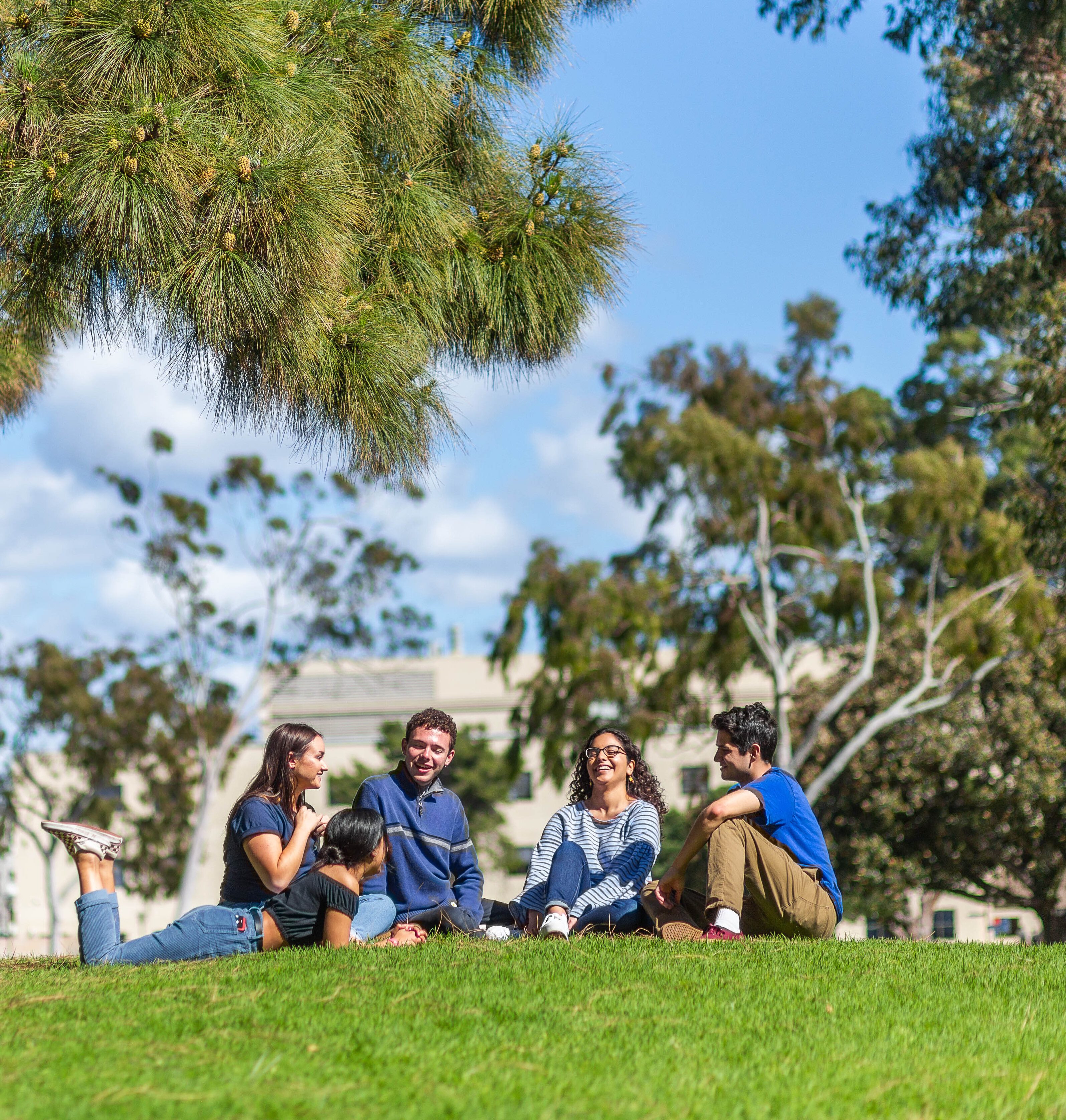What is Restorative Justice?
“Restorative justice is a process to involve, to the extent possible, those who have a stake in a specific offense and to collectively identify and address harms, needs, and obligations, in order to heal and put things as right as possible." - Howard Zehr
The Office of Student Conduct uses Restorative Justice (RJ) as a conflict-resolution method that emphasizes repairing harm members of the community inflict on one another. Participants collaborate to create resolutions that address the harms created by the behavior with the goal of restoring the community’s trust in the responsible party. Through dialogue led by trained facilitators, participants share the incident’s impact, identify implications of the behavior, and collectively agree on steps to move forward.

Who is Involved in Restorative Justice Processes?
Although each RJ case presents a unique variation of participants, typically RJ circles will involve the following individuals:
- Student(s) of concern
- Impacted parties
- Supporting parties (participants have the option of bringing a support person to the circle)
- Trained facilitator(s)
- Office of Student Conduct staff (if applicable)
Benefits of Restorative Justice
Empowers Participants
RJ boosts student voices by allowing them to take initiative in resolving conflicts.
Encourages Collaborative Decision-making
Students learn to resolve conflicts as a community, eliminating one-sided resolution
Supports Community Values
By leading with humanity and compassion, RJ fosters a welcoming and understanding community
Promotes Social Justice
RJ exudes social justice principles as it deviates from a punishment-centered system which rehumanizes conflict-resolution
How RJ Can Address Harm
The Restorative Justice Program receives referrals from campus partners and incident reports that are submitted. They are reviewed for suitability and what restorative application is appropriate. If deemed appropriate, a facilitator would reach out to involved parties.
Then:
1.
If parties opt in to participating, a facilitator meets with participants separately. During this initial intake, participants learn more about the process, address any questions, and provide information to the facilitator.
2.
The restorative justice conference is scheduled, and a facilitated conversation with defined stages takes place.
-
Each person has the opportunity to tell their story, describing the event and its impact, to foster a comprehensive understanding of the incident via their perspective
-
Participants determine what harm occurred
-
The group determines possible ways to repair the harm and make amends
-
The participants make agreements upon the specific actions that will make things as right as possible. The outcome of any restorative justice circle is unique to that group
3.
After the restorative justice conference is concluded, participants take responsibility for completing the agreed upon actions.
4.
Follow-up conversations take place about the resolution of the actions and each participant’s growth within the process.